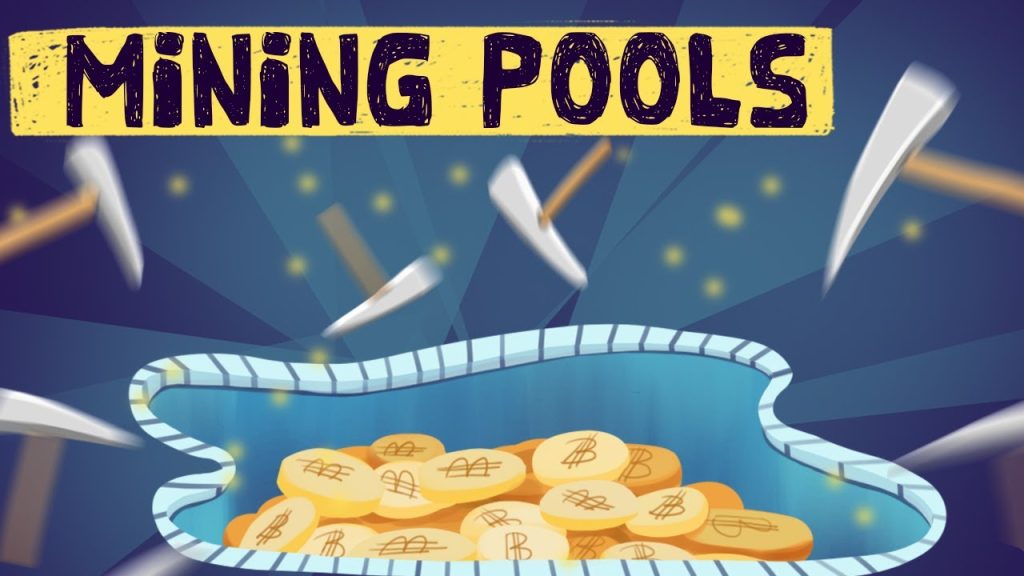
Mining pools are an essential part of the cryptocurrency mining process. In this video, we will explain what a mining pool is, how it works, and provide some examples to help you better understand this concept.
What is a Mining Pool?
A mining pool is a group of miners who come together to combine their computing power and resources to increase their chances of mining a block and receiving a reward. Instead of mining individually, miners in a pool work together to solve complex mathematical problems and validate transactions on a blockchain network.
How Does a Mining Pool Work?
When a miner joins a mining pool, they contribute their computing power to the pool’s collective effort. The pool then distributes the work among its members, and when a block is successfully mined, the reward is split among all participants based on their contributions.
By joining a mining pool, miners can earn more consistent rewards compared to mining solo. Additionally, mining pools help to decentralize the mining process and reduce the likelihood of one single entity controlling the network.
Examples of Mining Pools
There are several popular mining pools in the cryptocurrency space, including:
- Slush Pool: One of the oldest and most trusted mining pools in the industry, Slush Pool allows miners to mine Bitcoin and Zcash.
- F2Pool: F2Pool is one of the largest mining pools in the world, offering support for multiple cryptocurrencies such as Bitcoin, Ethereum, and Litecoin.
- Antpool: Owned by Bitmain, Antpool is a popular mining pool for Bitcoin and Bitcoin Cash mining.
Conclusion
Mining pools play a crucial role in the cryptocurrency ecosystem by enabling miners to work together and increase their chances of earning rewards. By understanding how mining pools work and choosing the right pool to join, miners can optimize their mining efforts and profitability.
Thank you for watching this video on ‘What is a Mining Pool in Crypto? (Animated + Examples)’. Please like, share, and subscribe for more informative content on cryptocurrency and blockchain technology.






